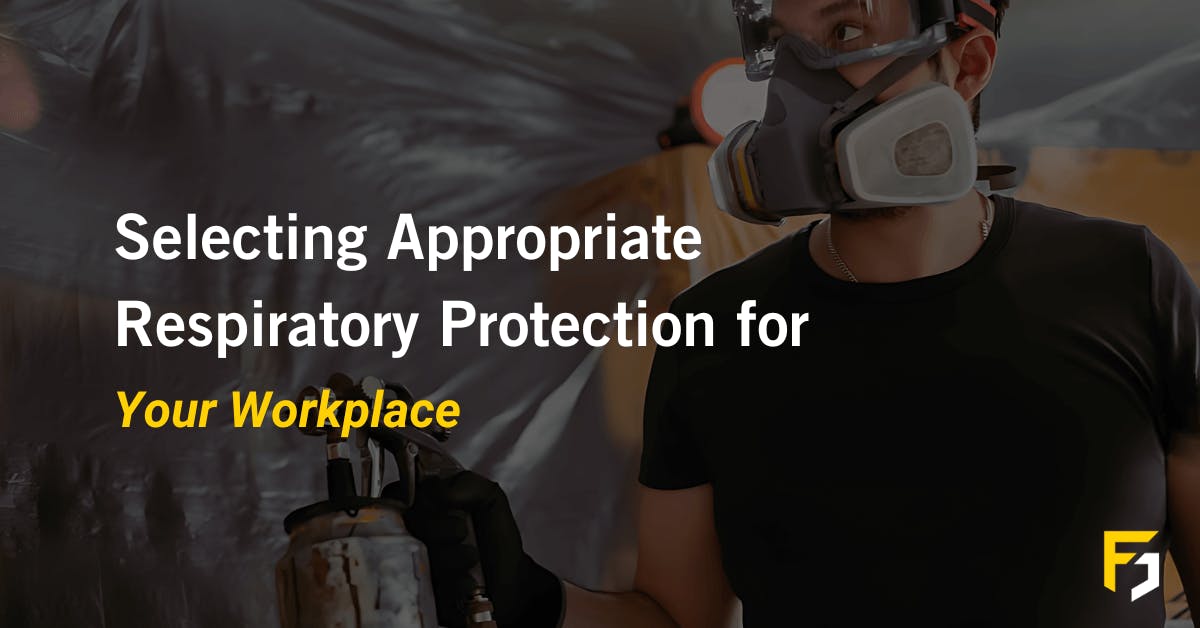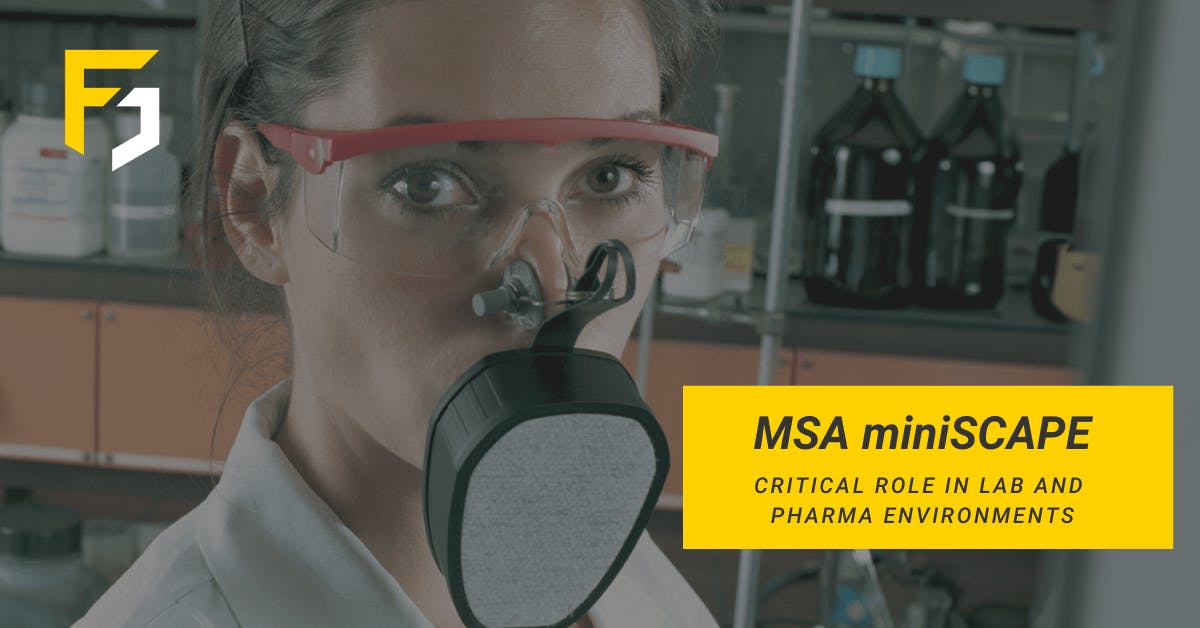
BW Gas Alert Quattro - How to Bump Test and Calibrate
Click here to read all of our bump test and calibration guides.
BW's Gas Alert Quattro is a robust and trustworthy multi gas detector. This four gas detector features the following sensors: LEL (filtered) oxygen (O2), hydrogen sulphide (H2S) and carbon monoxide (CO). You can watch our video review here.
However like any gas detector, it's spec and capabilities can only truly be relied upon if it is properly maintained and calibrated. In this guide, we're going to take you through the steps of calibrating and bump testing the BW Gas Alert Quattro.
BW Gas Alert Quattro - How to Calibrate
When we calibrate our gas detectors we’re resetting the sensor’s response against a known concentration of gas. To do so we use a calibration gas which will allow us to determine the relationship between the reading captured by the detector and the concentration of gas that it’s designed to alert us to. Read our full guide to calibration here.
Here's how to do it on the BW Gas Alert Quattro:
- gather the proper equipment together. That includes the monitor itself, calibration tubing, calibration gas, a flow regulator and the calibration adaptor which is typically supplied with the unit
- enter the calibration menu. Do this by pressing and holding the button on the right of the unit. The unit will now zero the sensors so make sure you're in a "fresh air environment"
- fit the calibration adaptor. Simply press the adaptor across the four sensors and screw it into place. At this stage, you should have fitted the calibration tubing to the adaptor and attached it to the gas canister via the flow regulator
- to apply the gas. Turn the regulator on fully to allow the flow of gas through to the monitor
The unit's display will notify you that it has detected the gases present in the canister. As you're using known quantities of gas - typically printed on the label - you will be able to see clearly whether the detector is properly detecting both the presence and quantity of gas.
Once the calibration has completed, the unit will prompt you to turn off the gas and remove the adaptor.
The calibration of the BW Gas Alert Quattro is now complete. To see these steps in action, watch our demo video here.
How to Bump Test the BW Gas Alert Quattro
Just like the timely calibration of the gas detectors we use to keep us safe from hazardous gases by determining their accuracy, bump testing is a vital part of our maintenance schedule.
In simple terms bump testing is the process that verifies that the gas detector’s sensors properly respond to the their target gas. For example, during a bump test a CO sensor is exposed to a known quantity of CO gas in order to make sure it responds by going into alarm.
You’re literally “bumping” the monitor with the target gas to make sure it does its job. Read more about bump testing here.
Here's how to do it on the BW Gas Alert Quattro:
- have the proper equipment to hand. See the list above for what you'll need
- attach the calibration adaptor. This is supplied with the BW Gas Alert Quattro, simply screw it onto the four sensors
- put the unit into alarm. Remember bump testing is simply making sure the unit responds appropriately to the presence of the target gases. Turn on the regulator to force the gas onto the sensors
At this stage, if the unit is working properly, all of the sensors will go into alarm, giving you a clear indication that the unit is up to the job and safe to use.
Turn off the gas and remove the calibration adaptor, the bump test is complete.
Watch our quick video walkthrough on bump testing the BW Gas Alert Quattro.
By following these easy steps you've now calibrated and bump tested the BW Gas Alert Quattro. If you've got any questions or comments about the unit, or calibration in general, speak to us in the comments section or use our Contact Us page to speak to an expert.









